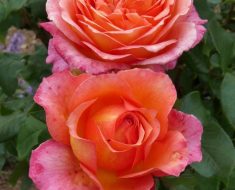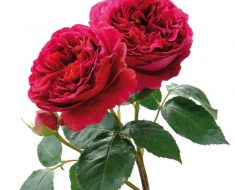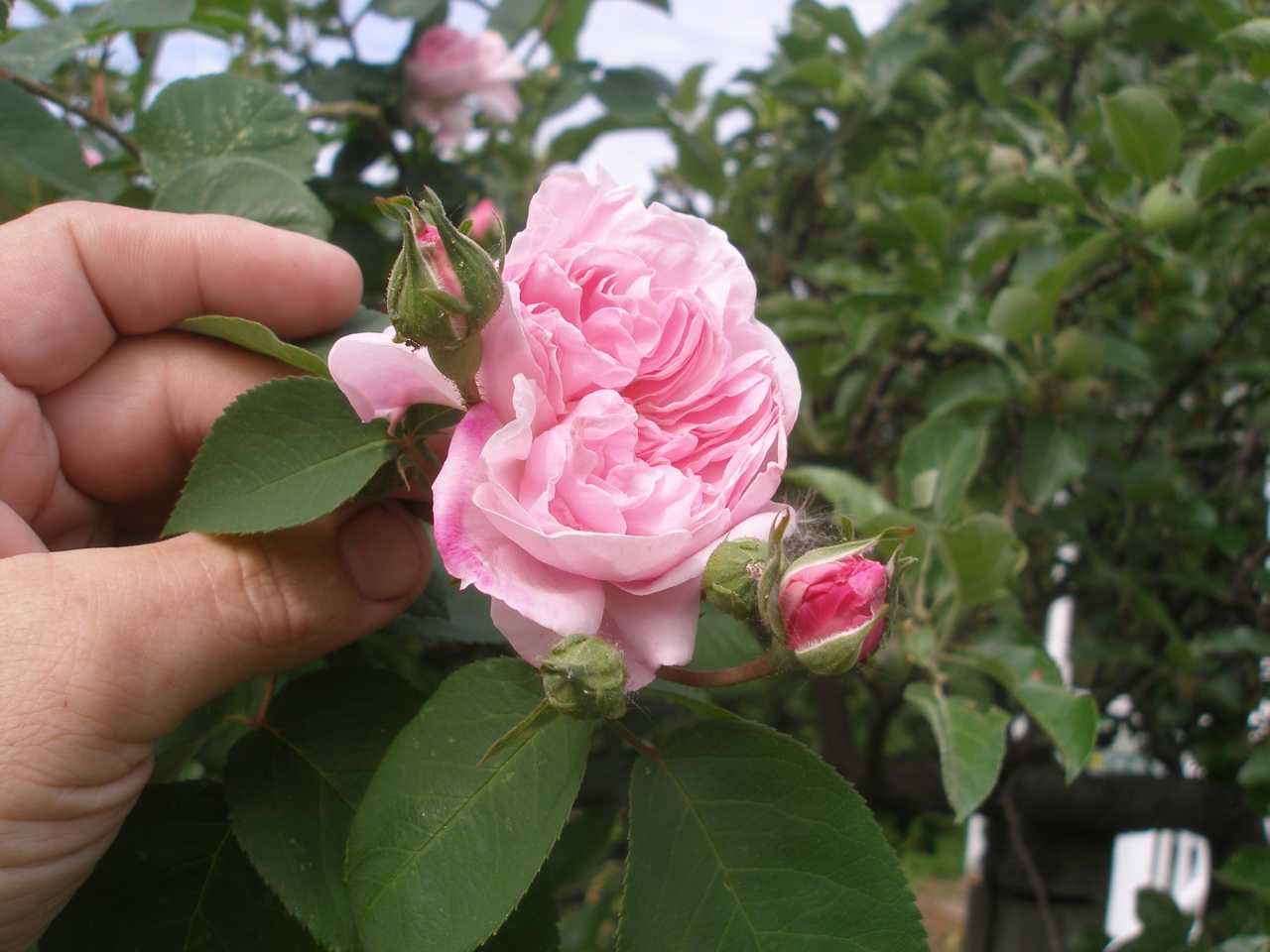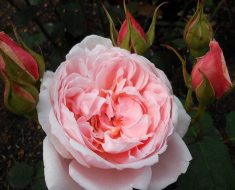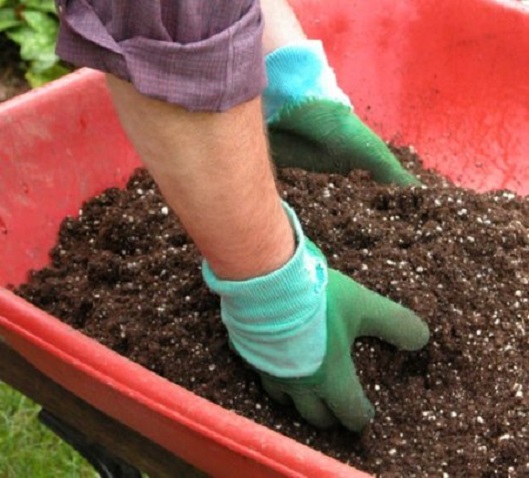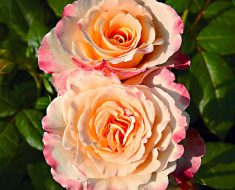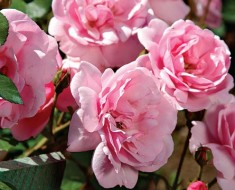The English rose SCINTILLATION is one of the first roses of D. Austin. Although it blooms once, the abundance of flowers and the duration of flowering have made it a welcome plant in many gardens. She has been finding her fans for more than half a century. Rose SCINTILLATION is able to throw long , so it is gbranch rown as a short klimber.
SCINTILLATION
Characteristics of a rose SCINTILLATION
- Group – English roses (English Roses)
- Basic form – shrub
- Height – up to 1.3 m (.2.5 m like a klimber)
- Diameter – up to 1.2 m
- Bush form – oval-round
- Color of the flower – soft, warm light pink
- Number of petals – 5-8
- Flower shape – simple
- Flower size – 5-8 cm
- Flowering shape – clusters
- Flowering type – single
- Fragrance – medium rich, musky
- Foliage – dark green, dense, with shine, small
- shoots – straight , with numerous spikes
- Features – SCINTILLATION rose grows well in sunny areas; thermophilic; suitable for planting the southern, eastern and western areas
- of resistance to powdery mildew – above-average
- resistance to black spot – above average
- cold hardiness – 6 – 9 USDA zone
- breeder – D. Austin
- Catalog name – Scintillation
- year of introduction in culture – 1968
- Soil – with good drainage ; rich in nutrients,
- pH – there may be slight variations from neutral (5.6 – 6.5)
- Drainage – required
- Plot – solar
- Container – yes
- Standard – yes
- Planting types – mixed planting, borders, hedges, container garden, rose gardens, gazebos , fences, trellis
- Pests – typical for roses
- Diseases – powdery mildew, black spotting, rust of roses
SCINTILLATION
Caring for a rose SCINTILLATION as follows:
- Planting for roses is the most important stage of care for them. Rose SCINTILLATION prefers sunny areas with well-arranged drainage. It grows on almost all types of soils. But! The earth must be loose in order to allow enough water and air to pass through to the root system.
- Watering. Roses are watered as necessary – from 10 liters of water per 1 adult bush on average 2 to 3 times a week. In dry times, watering is more frequent. If the English rose SCINTILLATION grows in a container, then watering is usually more frequent. In both cases, it all depends on weather conditions.
- Fertilizing with fertilizers is carried out, as a rule, at least 2 to 3 times during the growing season. This rose needs to be fed more often in order to increase its resistance to diseases. It can be both mineral fertilizers and organic. Vitamins are also given to roses, which are administered by spraying. For roses growing in pots, top dressing is more frequent, but smaller doses are used.
- Do cropping twice. In summer, faded parts are constantly cut to stimulate the appearance of new flowers. In autumn, winter or early spring, pruning is done to form the plant and prevent it from diseases or pests hiding under the bark of the plant. The SCINTILLATION container rose is also pruned.
- Loosening and weeding the soil around the rose bush is necessary for the circulation of air, moisture and nutrients for the root system. To minimize your labor, use mulching. This agrotechnical technique will help reduce weeds and leave the soil longer moist. This applies to container roses.
- Shelter for the winter is especially necessary if the minus temperatures are very low or in winter there are frequent long thaws, which are replaced by sharply minuses. Be sure to cover the English rose SCINTILLATION, growing in pots.
SCINTILLATION
Enjoy your cultivation!
